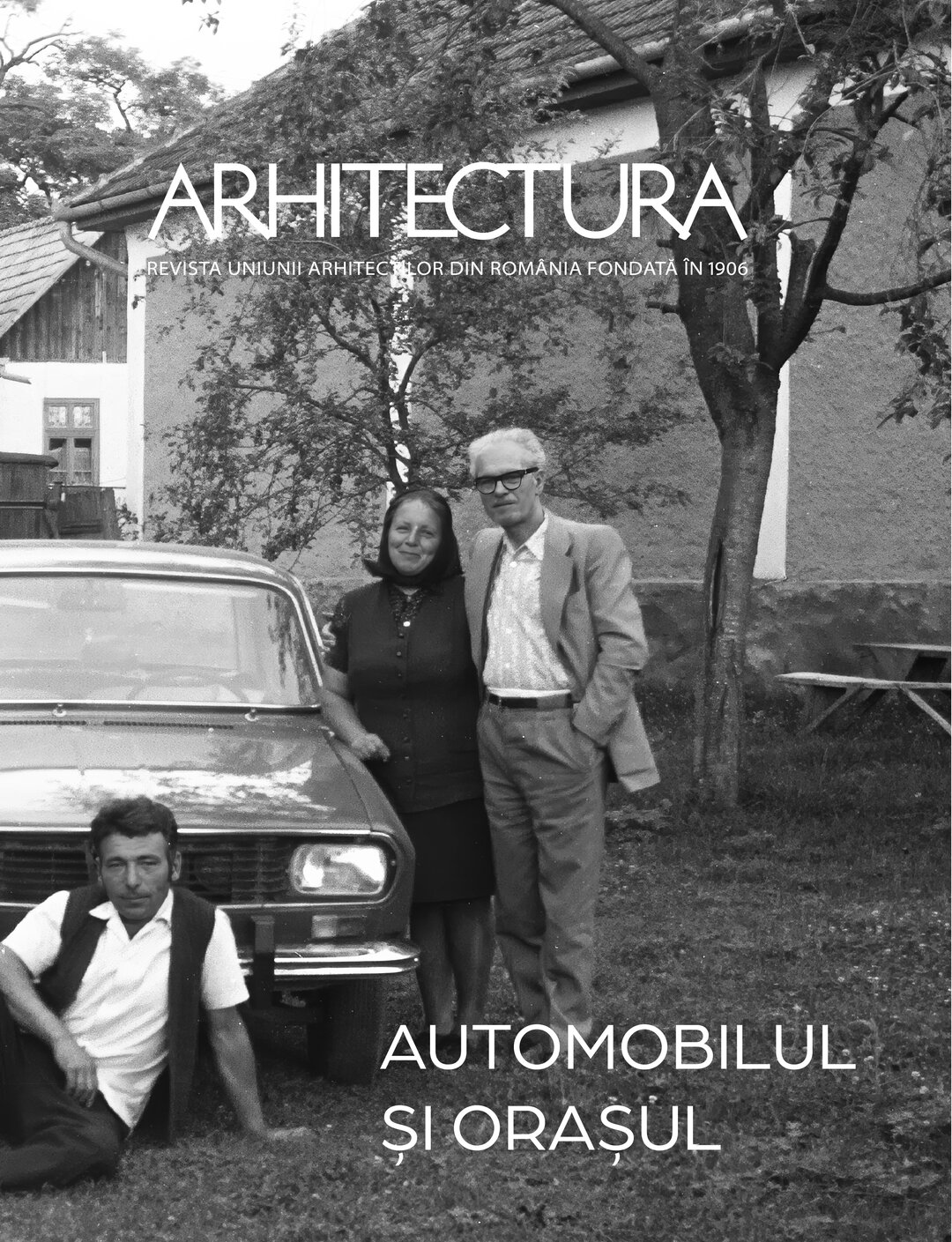
Apocalyptic vision
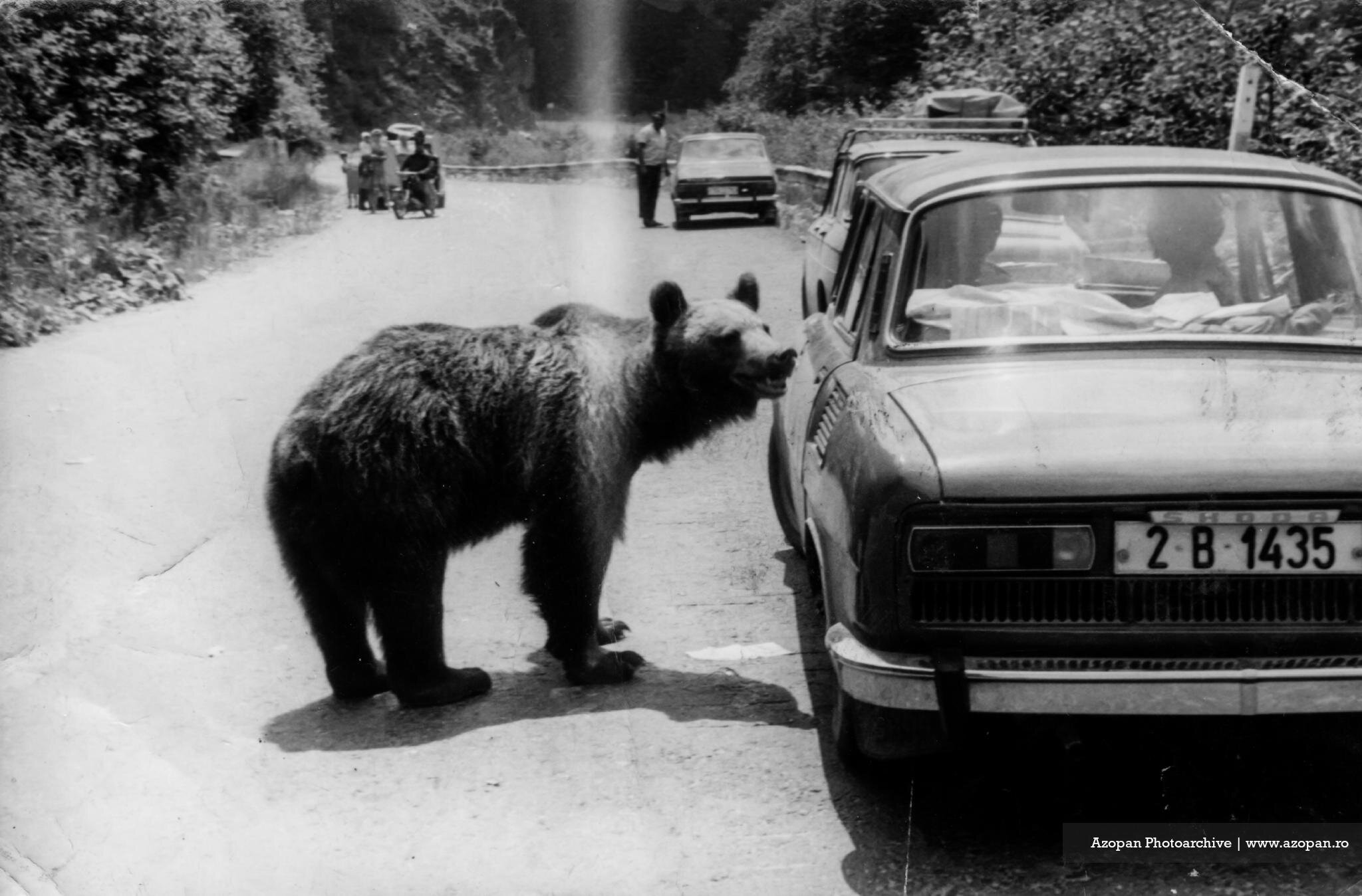

The Death and Life of a Great Love Affair
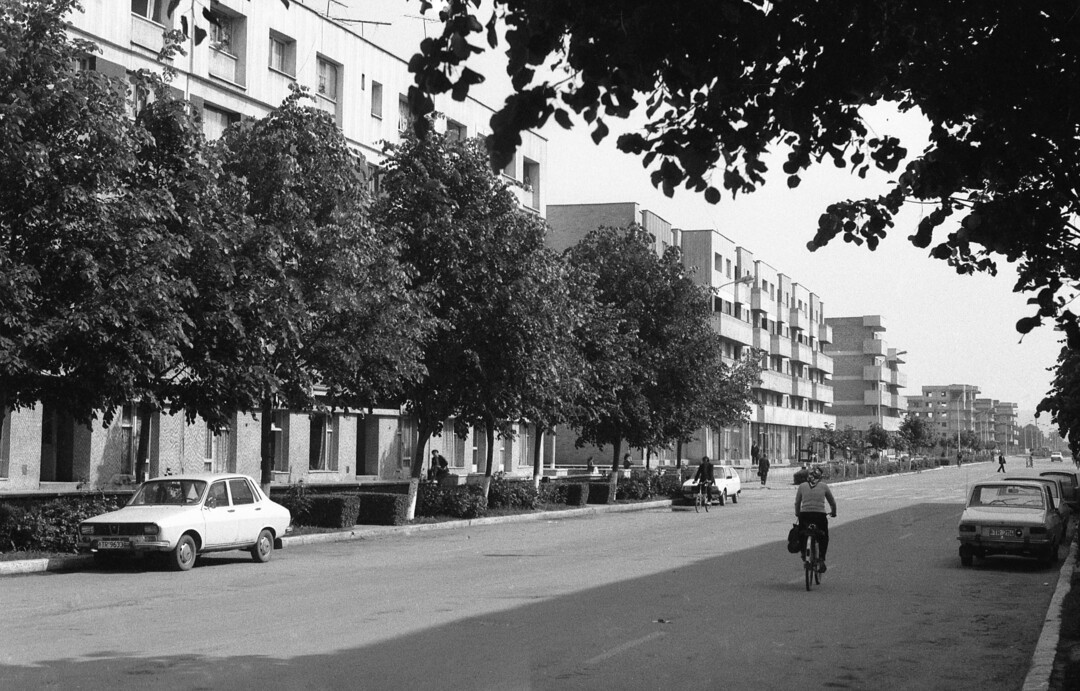
I am mobile, therefore I exist. We are mobile, so we have a problem

Apocalyptic vision
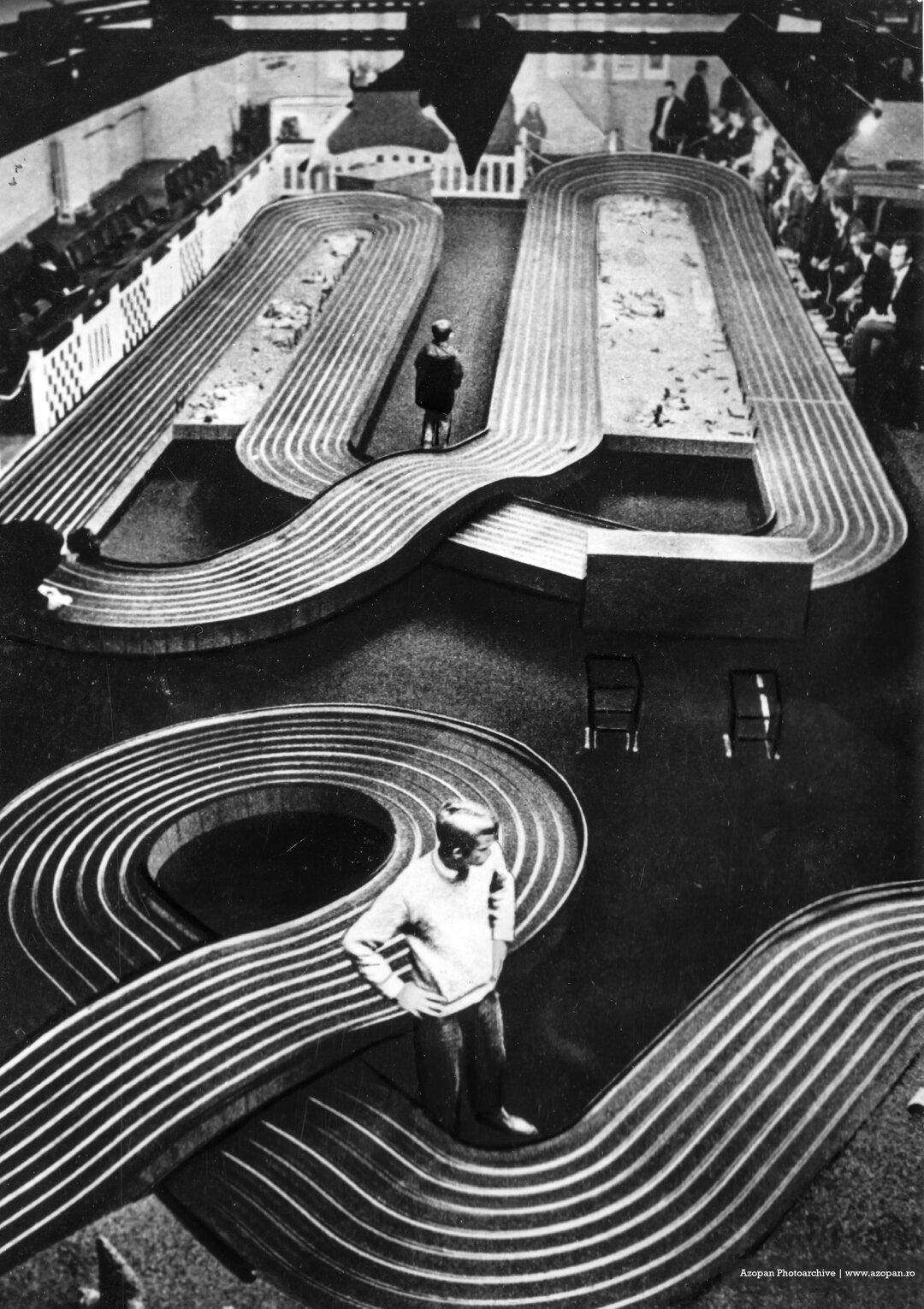
Car or no car? Which is better?
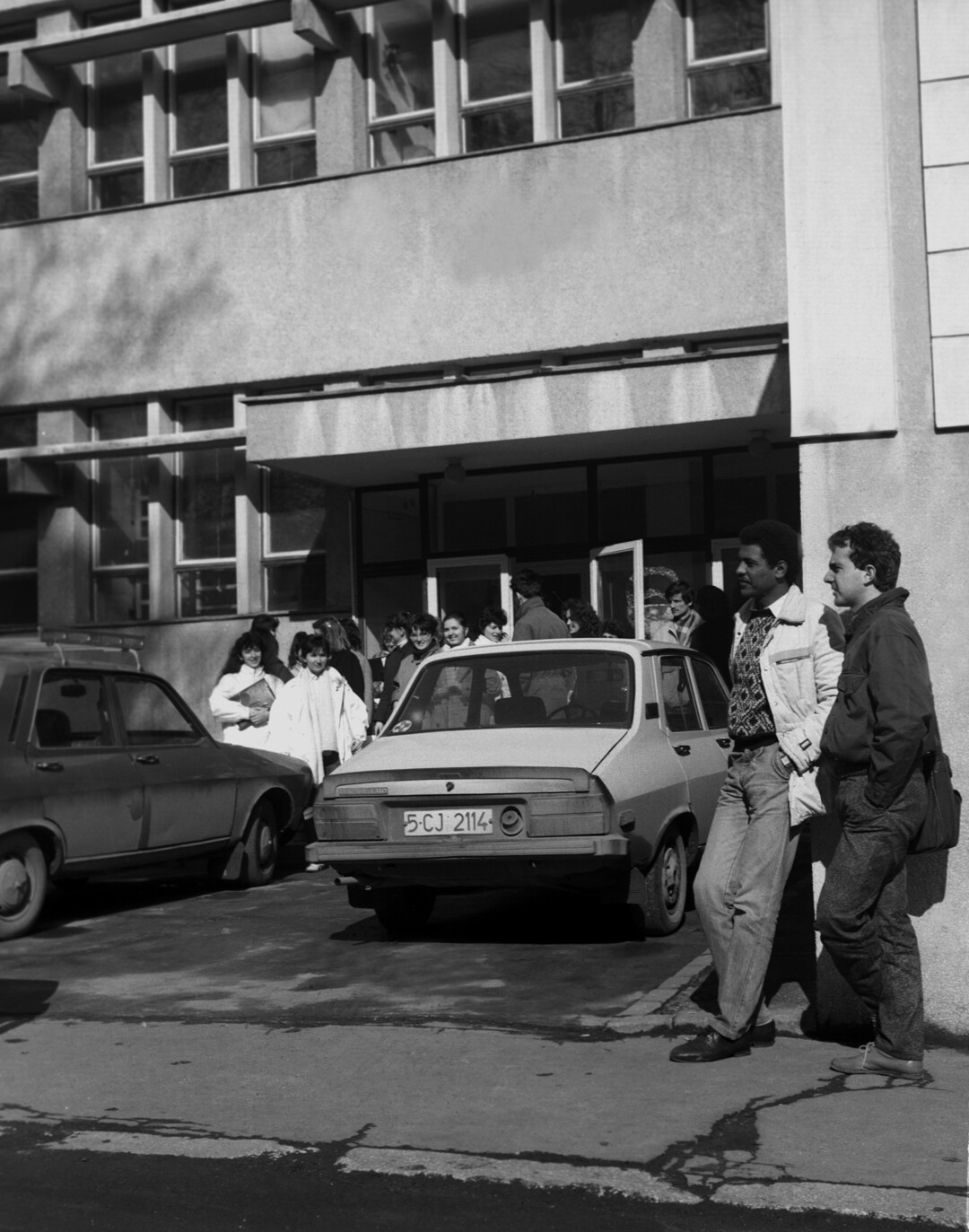
One parking space, one bedroom 4 - one studio flat
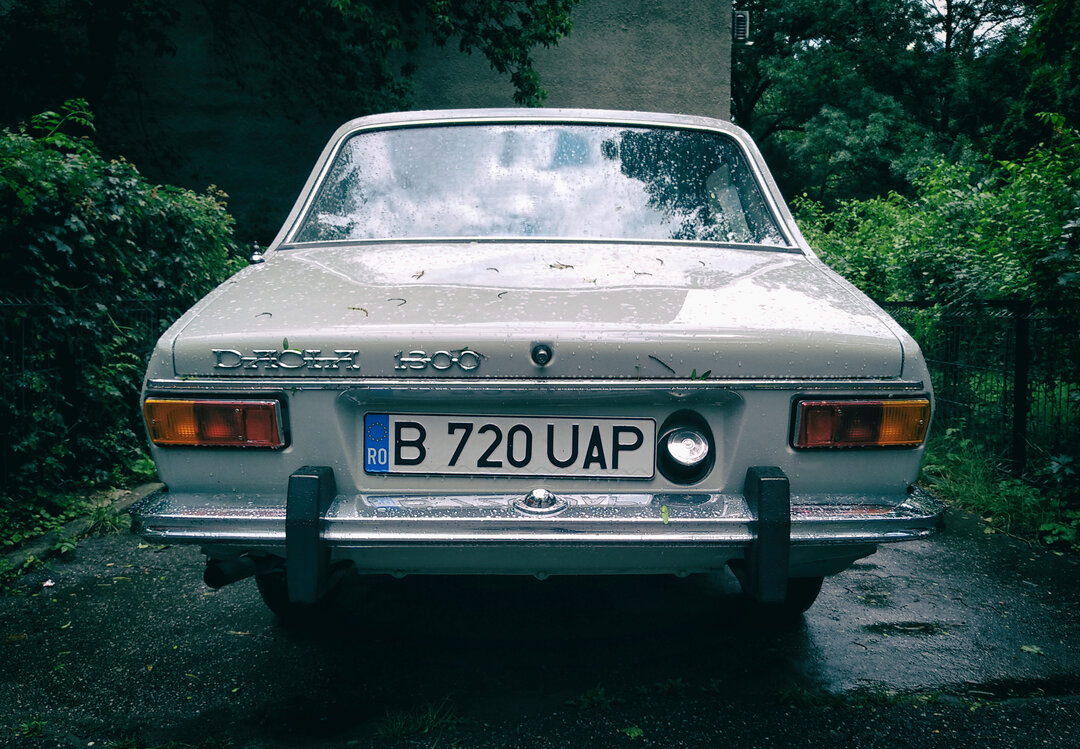
Dacia cars - over half a century of Romanian mobility. Or have they?

ARO, ARO, have you seen a brown horse?

The 'fiberboard' car that whetted the appetite for mobility in Eastern Europe

Taking the car for a drive: Automobile tourism in socialist Romania, 1960-19891
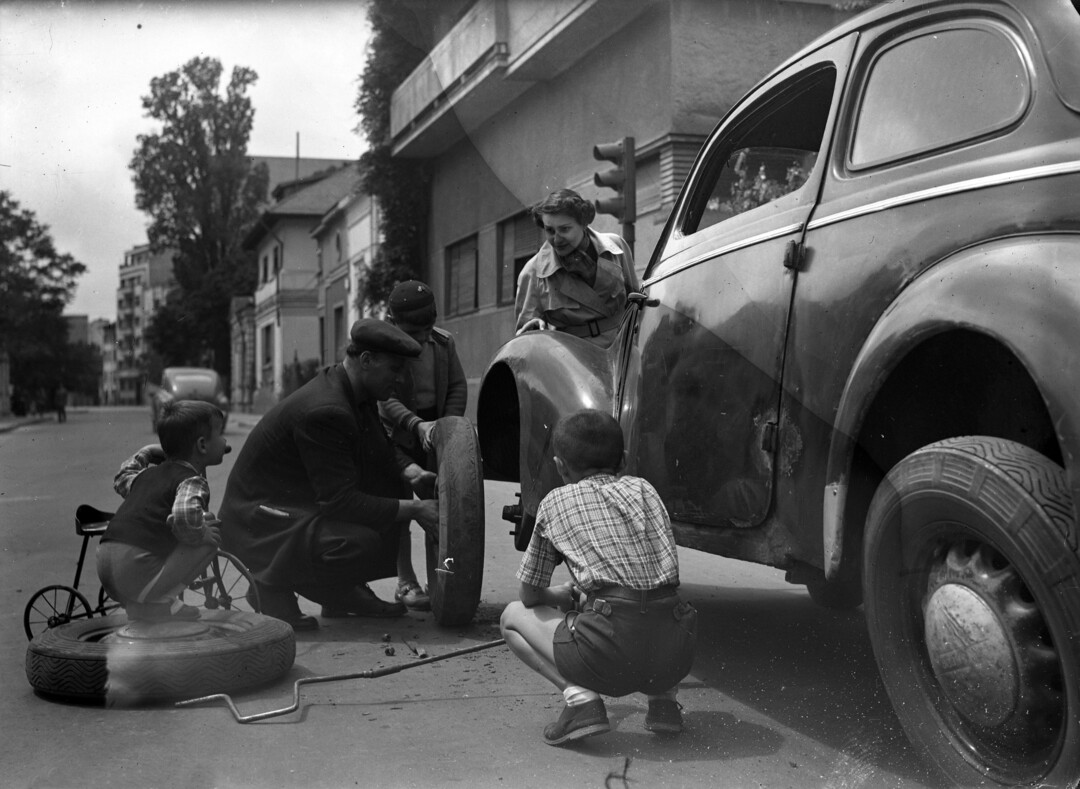
Cities, cars and oil
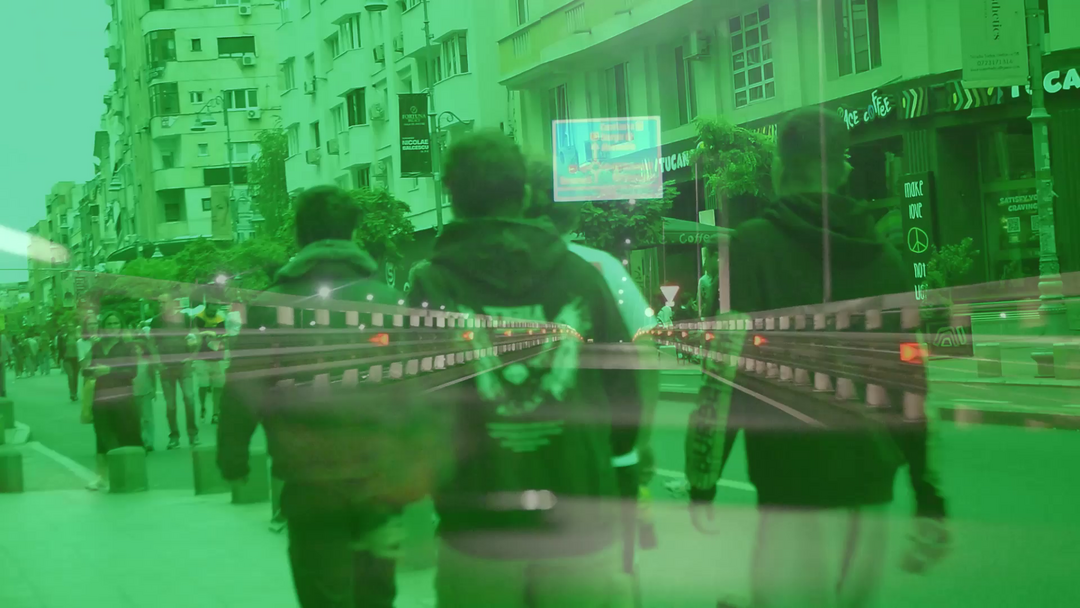
(Auto)vehicular realism in Romanian cinema. A personal trip
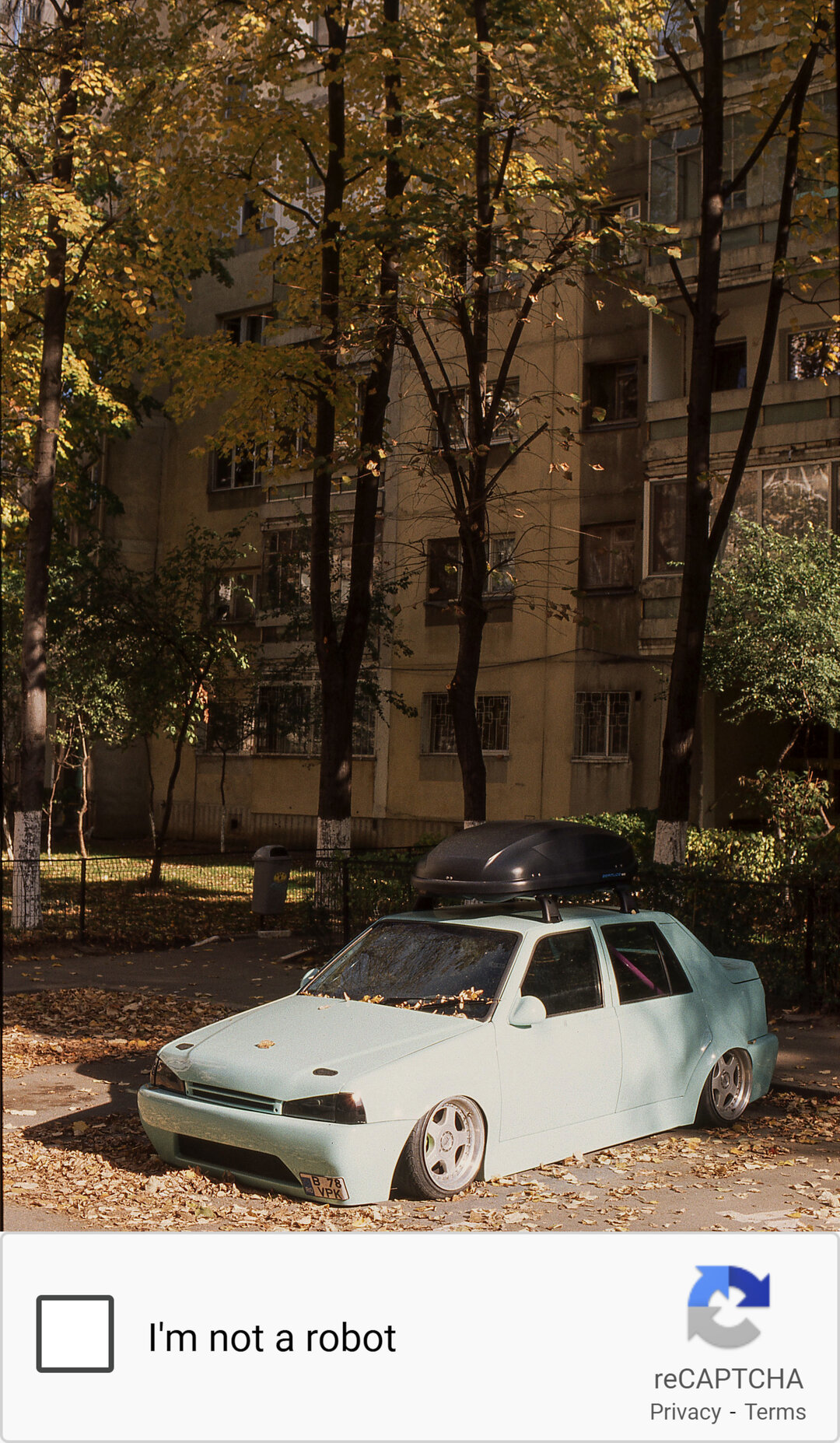
Clutch down
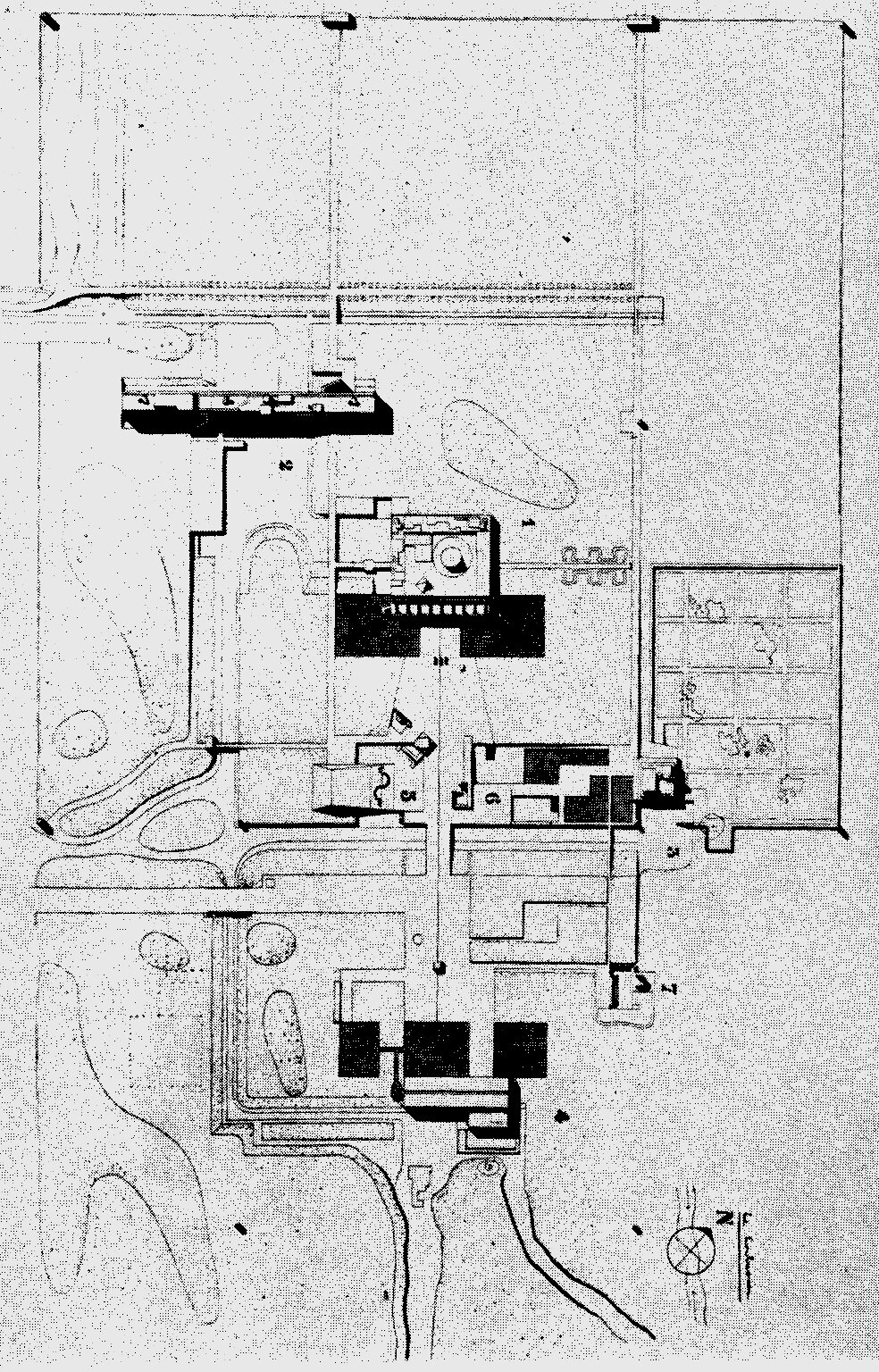
Morphostructural recovery (reconstruction) attempt in the historic center of Iasi
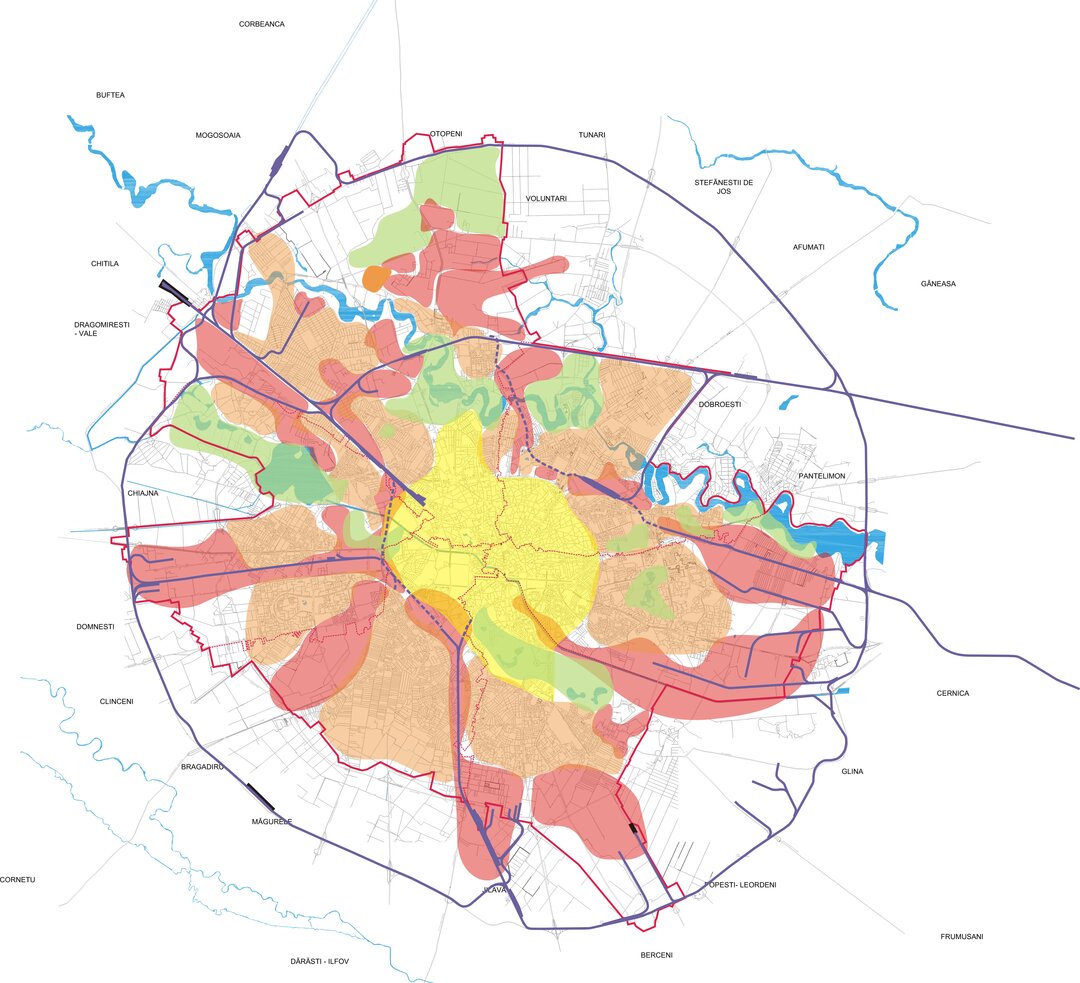
Traffic
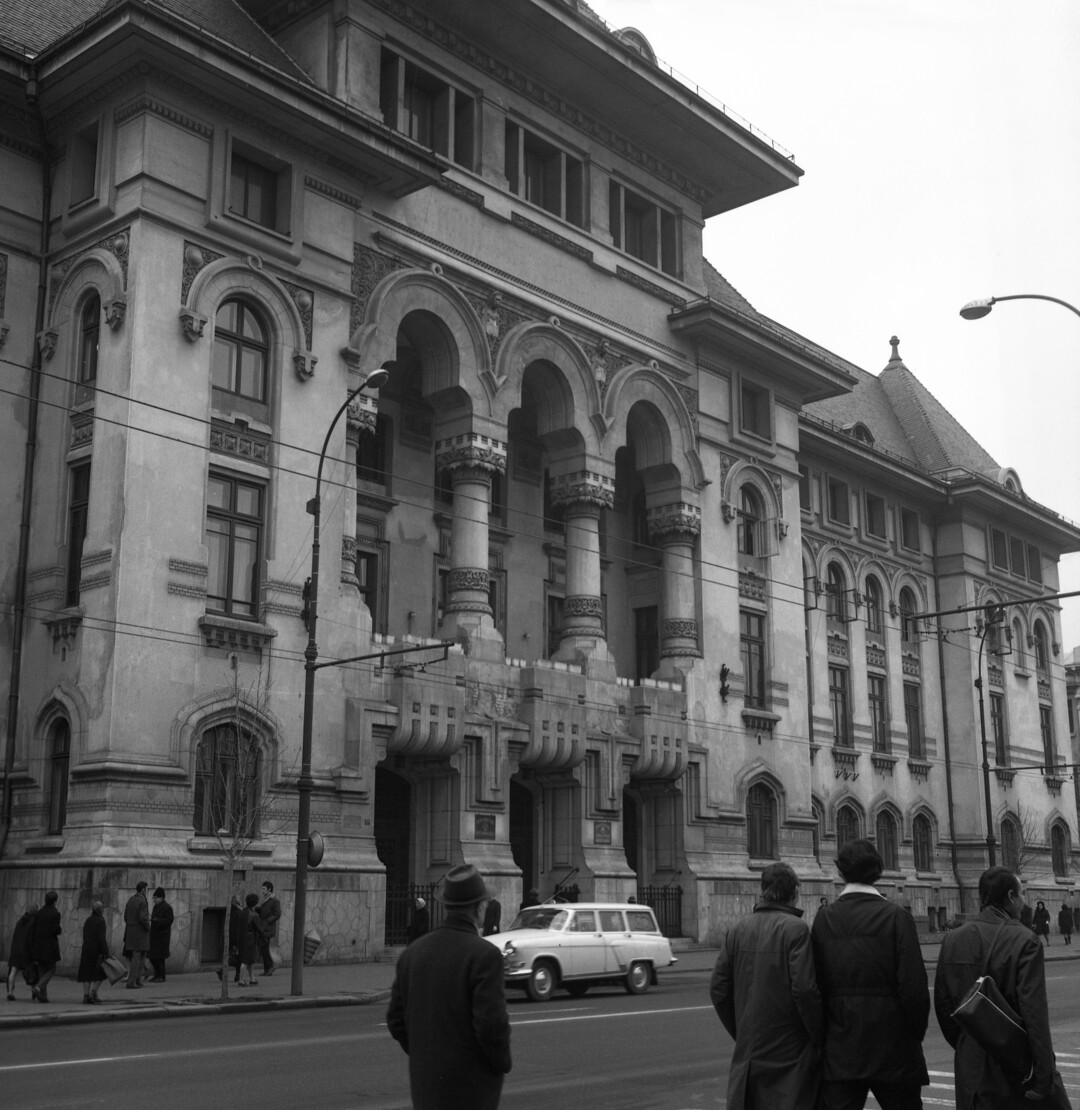
From PUZ to traffic

In the trunk
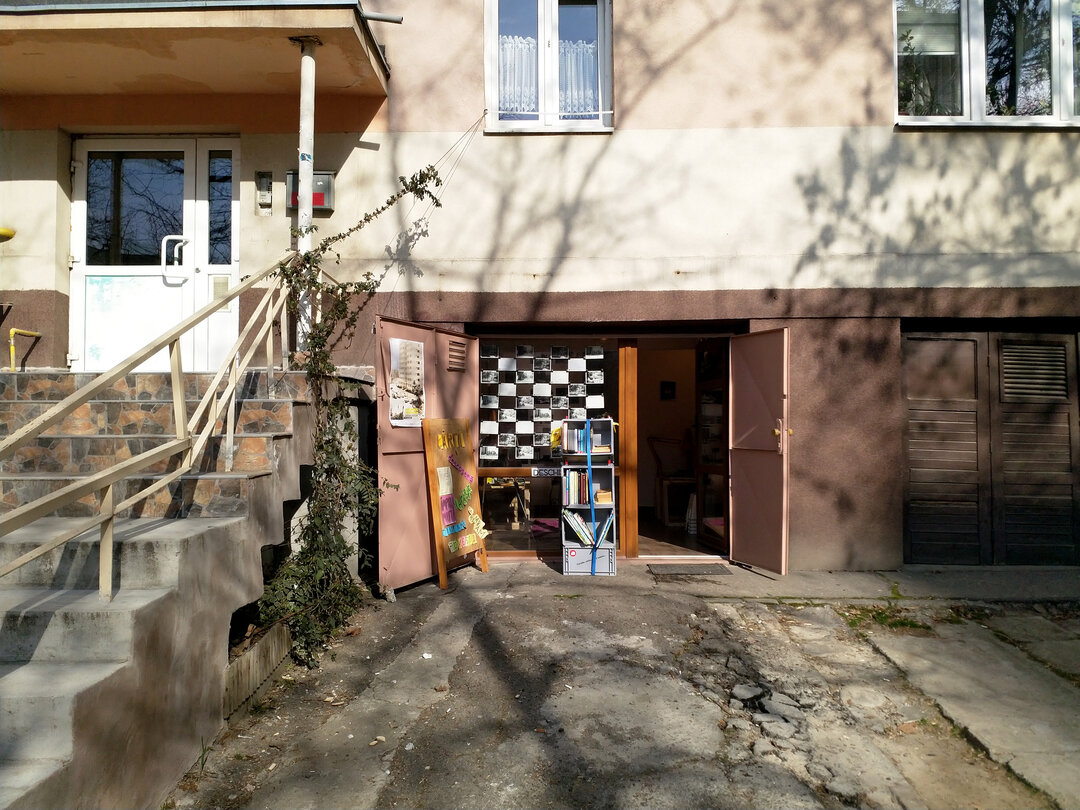
Garages by the bloc

Autobabel
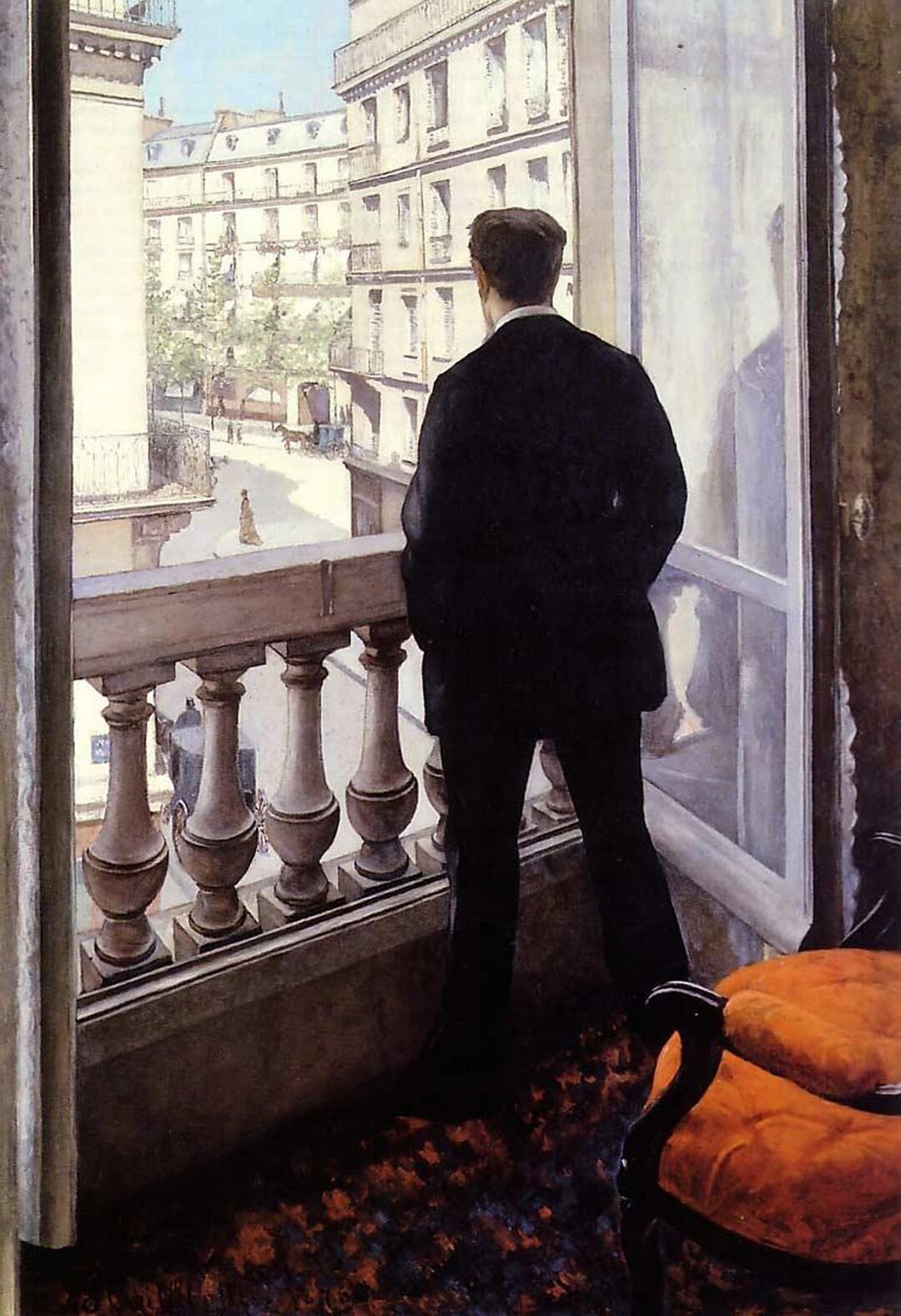
Street
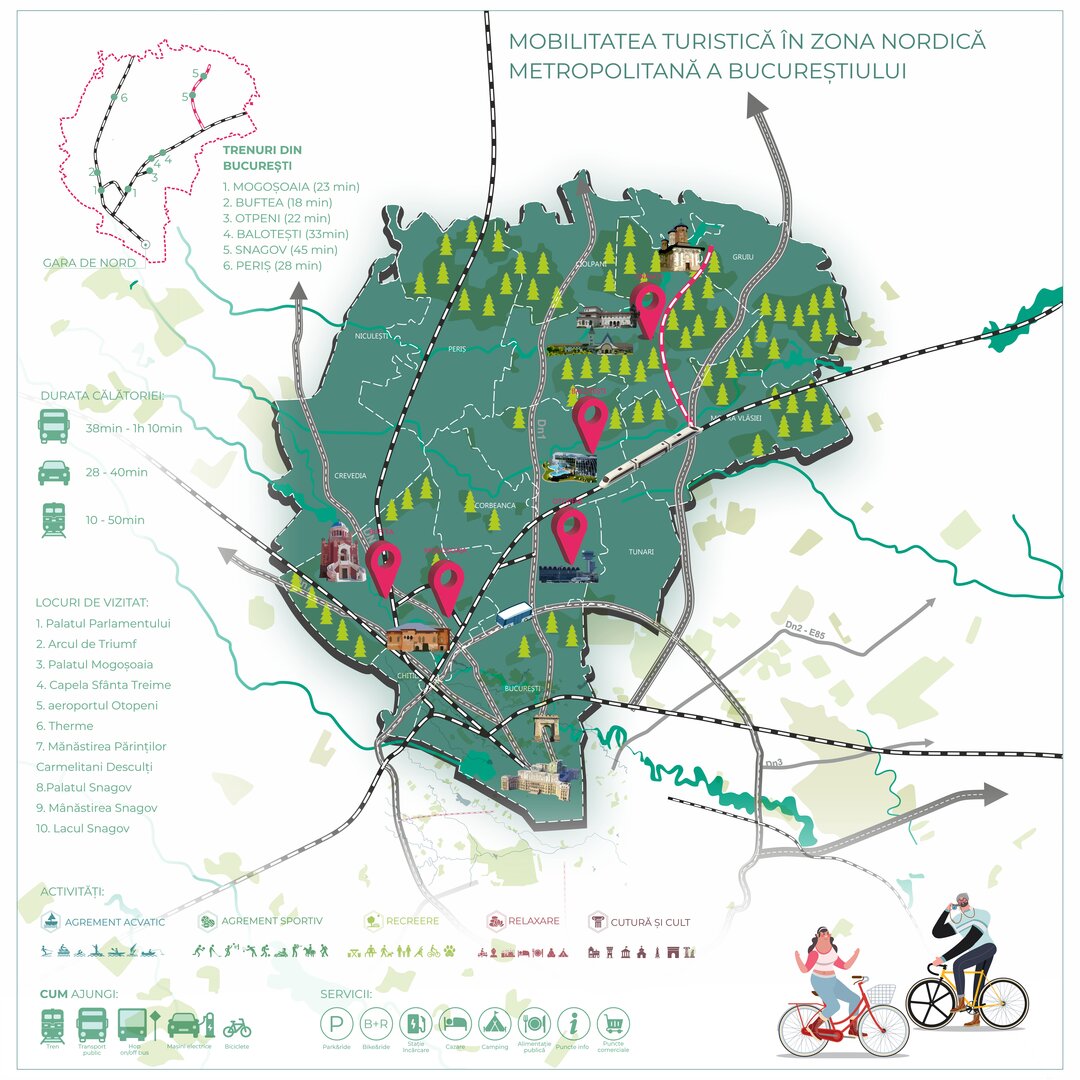
Tourist mobility
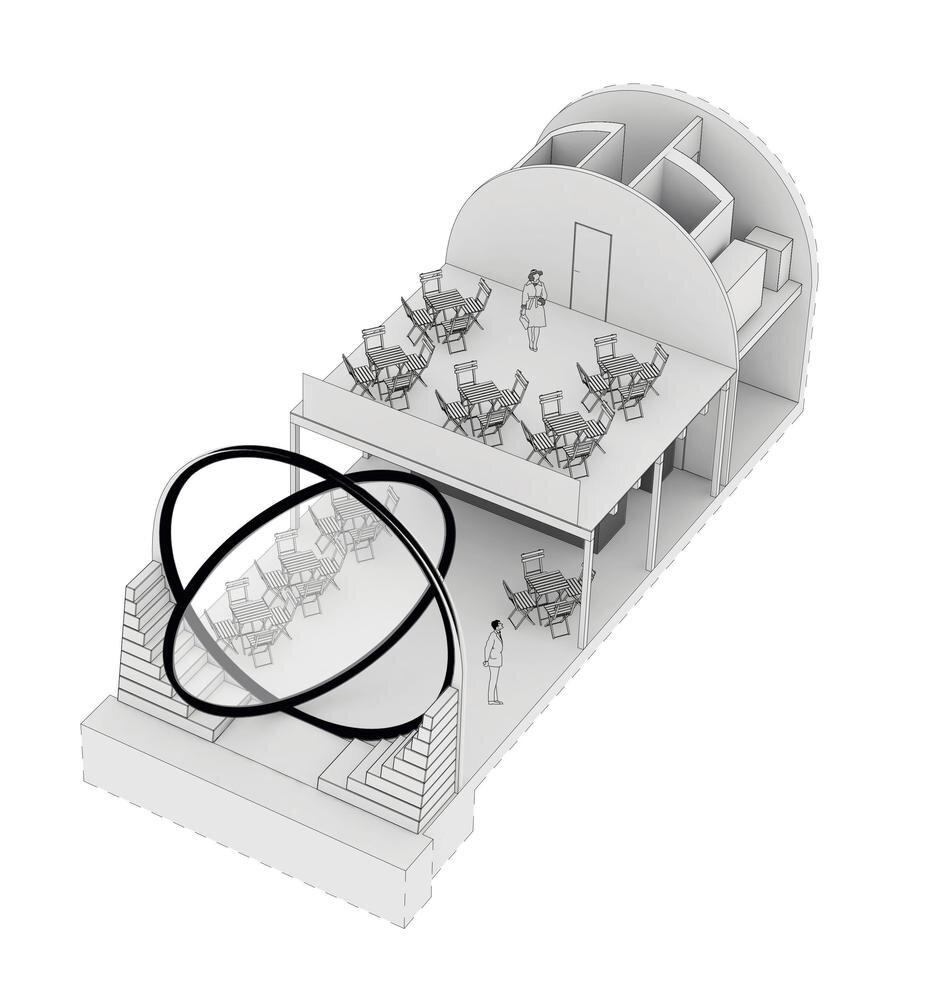
Revitalizing Europe's road infrastructure - between small and big actions

Urban evolution in relation to transportation evolution
